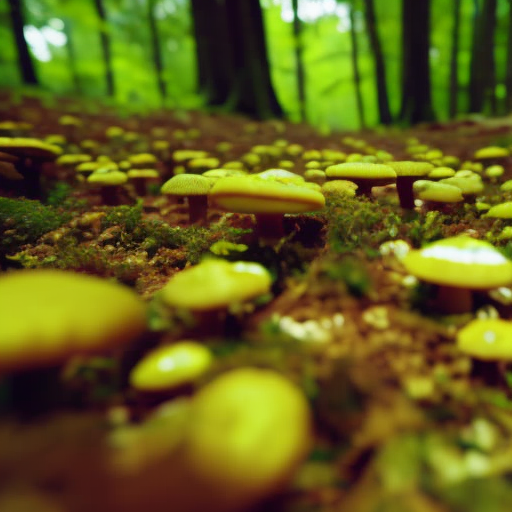Summary:
Palynology is the study of pollen and spores, which can provide valuable insights into various fields such as archaeology, paleontology, climatology, and forensic science. By analyzing these microscopic particles, palynologists can determine the types of plants present in a particular area, reconstruct past environments, and even help solve crimes. Palynology plays a crucial role in understanding the Earth’s history and its future.
Introduction to Palynology:
Palynology is the scientific study of pollen and spores, which are microscopic particles produced by plants. These particles are extremely durable and can be preserved for thousands or even millions of years in sediment, ice, or other materials. By examining these particles, palynologists can gain valuable information about the past and present environments.
Applications of Palynology:
Archaeology:
Palynology is widely used in archaeology to reconstruct past landscapes and human activities. By analyzing pollen and spores found in archaeological sites, researchers can determine the types of plants that were present, which can provide insights into ancient agricultural practices, land use, and even trade routes.
Paleontology:
In paleontology, palynology helps in understanding ancient ecosystems and the evolution of plant life. Fossilized pollen and spores can be used to identify the types of plants that existed millions of years ago, providing clues about the climate and habitats of the past.
Climatology:
Palynology is also used in climatology to study past climate change. By analyzing pollen and spore records from sediment cores, scientists can reconstruct past vegetation patterns and infer changes in temperature and precipitation. This information is crucial for understanding long-term climate trends and predicting future climate scenarios.
Forensic Science:
Palynology has applications in forensic science, particularly in cases involving the transfer of pollen and spores. By analyzing pollen found on clothing, shoes, or other objects, forensic palynologists can determine the geographic origin of the pollen and potentially link suspects to crime scenes. This information can be crucial in criminal investigations.
Palynological Techniques:
Pollen Analysis:
Pollen analysis involves the identification and counting of pollen grains from various samples. This can be done using light microscopy or scanning electron microscopy. By comparing the abundance and diversity of different pollen types, researchers can infer the types of plants that were present in a particular area.
Spore Analysis:
Similar to pollen analysis, spore analysis involves the identification and counting of spores. Spores are reproductive structures produced by ferns, mosses, and other non-flowering plants. By analyzing spore assemblages, palynologists can gain insights into the types of non-flowering plants that were present in a particular environment.
Pollen Morphology:
Pollen morphology refers to the study of the physical characteristics of pollen grains. These characteristics, such as size, shape, and surface ornamentation, can be used to identify different plant species. By comparing the morphology of fossilized pollen grains with those of known plant species, researchers can determine the types of plants that existed in the past.
Pollen Chemistry:
Pollen chemistry involves the analysis of chemical compounds present in pollen grains. Different plant species produce unique chemical compounds, which can be used to identify the plants present in a particular area. Pollen chemistry can also provide information about past environmental conditions, such as pollution levels or the presence of certain plant pathogens.
Conclusion:
Palynology is a multidisciplinary field that plays a crucial role in understanding the Earth’s history and its future. By analyzing pollen and spores, palynologists can reconstruct past environments, study ancient ecosystems, and even help solve crimes. The information obtained from palynological studies provides valuable insights into various fields, including archaeology, paleontology, climatology, and forensic science. As technology and analytical techniques continue to advance, palynology will continue to contribute to our understanding of the natural world.












